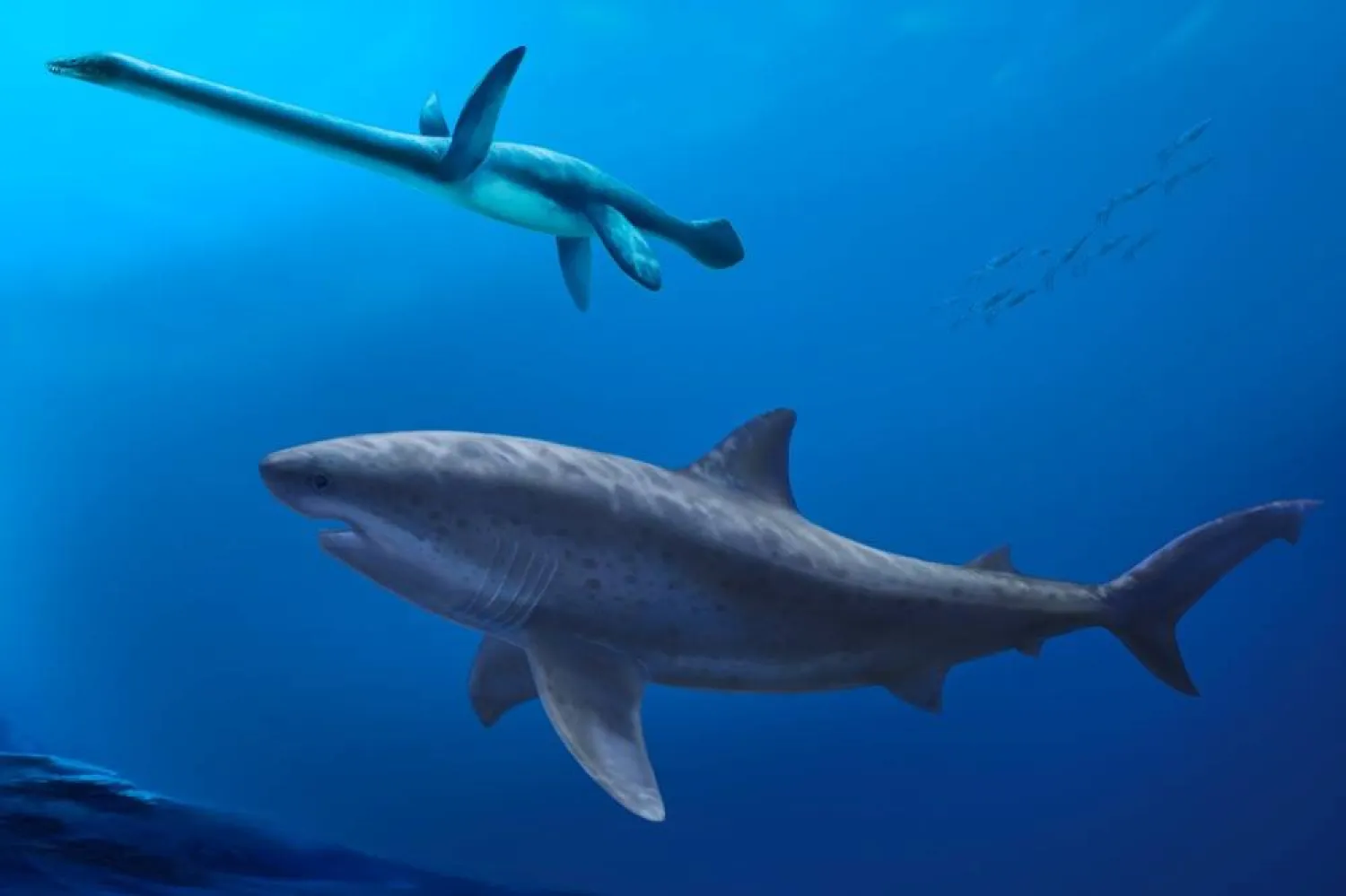British scientist Ian Wilmut, whose research was central to the creation of the cloned animal, Dolly the Sheep, has died at the age of 79, the University of Edinburgh said on Monday.
His death on Sunday years after being diagnosed with Parkinson’s disease, was announced by the University of Edinburgh, where he worked, Reuters said.
Wilmut, along with Keith Campbell from the animal sciences research institute in Scotland, generated news headlines and heated ethical debates in 1996 when they created Dolly, the first mammal to be cloned from an adult cell.
"He led efforts to develop cloning, or nuclear transfer, techniques that could be used to make genetically modified sheep. It was these efforts which led to the births of Megan and Morag in 1995 and Dolly in 1996," the university said in a statement.
Dolly, named after country singer Dolly Parton, was the first mammal to be cloned from an adult cell, using a process called somatic cell nuclear transfer (SCNT).
This involved taking a sheep egg, removing its DNA and replacing it with DNA from a frozen udder cell of a sheep that died years before. The egg was then zapped with electricity to make it grow like a fertilized embryo. No sperm were involved.
Dolly’s creation triggered fears of human reproductive cloning, or producing genetic copies of living or dead people, but mainstream scientists have ruled this out as far too dangerous.
Wilmut, who was born near Stratford-upon-Avon, attended the University of Nottingham, initially to study agriculture, before switching to animal science.
He moved to the University of Edinburgh in 2005, received a knighthood in 2008 and retired from the university in 2012.
UK Scientist Who Created Dolly the Sheep Clone Dies at 79

FILE - Scottish scientist Ian Wilmut is seen in the Pauls Church in Frankfurt, central Germany, Monday, March 14, 2005. Ian Wilmut, the cloning pioneer whose research was critical to the creation of Dolly the Sheep, has died, the Roslin Institute at the University of Edinburgh said Monday. He was 79. (AP Photo/Michael Probst, File)

UK Scientist Who Created Dolly the Sheep Clone Dies at 79

FILE - Scottish scientist Ian Wilmut is seen in the Pauls Church in Frankfurt, central Germany, Monday, March 14, 2005. Ian Wilmut, the cloning pioneer whose research was critical to the creation of Dolly the Sheep, has died, the Roslin Institute at the University of Edinburgh said Monday. He was 79. (AP Photo/Michael Probst, File)
لم تشترك بعد
انشئ حساباً خاصاً بك لتحصل على أخبار مخصصة لك ولتتمتع بخاصية حفظ المقالات وتتلقى نشراتنا البريدية المتنوعة







